As we look back on the year 2023 in the world of skincare, it becomes increasingly clear that it was a year marked by a dynamic blend of innovative breakthroughs, time-honored staples, and some notable missteps.
The skincare industry continued to evolve, driven by emerging technologies, shifting consumer preferences, and a deeper understanding of skin health. This year was particularly significant in how it reshaped our approach to skincare, introducing new concepts while challenging existing ones.

In this retrospective, we will delve into the various trends that have defined our skincare practices over the past twelve months, examining closely those that have risen to prominence and those that have fallen by the wayside.
From the surge in minimalist skincare regimes to the growing skepticism towards certain ingredients and marketing claims, 2023 has been a year of learning, adapting, and redefining what skincare means to us.
Let's explore these developments in detail, understanding their impact on our daily routines and the broader skincare landscape.
The Rise of Minimalist Skincare
What Worked
The 'less is more' approach took center stage in 2023. Consumers gravitated towards minimalist skincare, favoring products with fewer but more effective ingredients. This trend was not just about simplifying routines but also about transparency and understanding what goes into our skincare products.
Brands that offered clear, concise ingredient lists saw a surge in popularity. The focus on multifunctional products, like moisturizers with built-in SPF or tinted serums, resonated well with the eco-conscious and busy consumers alike.

What Didn't
On the flip side, the minimalist wave led to the decline of 10-step routines. The once-popular K-beauty inspired regimen lost its charm as people realized that more products didn't necessarily mean better skin. This shift also highlighted the redundancy of certain products, leading to a decrease in the sales of items like separate neck creams or day and night eye creams.
The Embrace of Natural and Sustainable Options
What Worked
The green beauty movement continued to flourish in 2023. Products formulated with natural, organic ingredients were in high demand, as were brands committed to sustainability. This trend extended beyond ingredients to packaging, with an increase in refillable and recyclable options. Consumers showed a willingness to invest more in products that aligned with their environmental values.

What Didn't
However, the year also saw a backlash against 'greenwashing.' Brands that made vague or misleading claims about being 'natural' or 'eco-friendly' without substantial evidence faced consumer skepticism and criticism. This trend underscored the need for greater transparency and regulation in marketing skincare products.
Technological Integration in Skincare
What Worked
The year 2023 saw the continued dominance of powerhouse ingredients such as retinol, vitamin C, and hyaluronic acid in the skincare industry. These ingredients have stood the test of time, consistently proving their efficacy in tackling a range of skin concerns. Retinol, renowned for its anti-aging properties, continued to be a go-to for those looking to diminish the appearance of fine lines and wrinkles. Its ability to accelerate skin renewal and boost collagen production has made it a staple in many anti-aging skincare routines.
Vitamin C, celebrated for its brightening effects, remained a favorite for those battling pigmentation and uneven skin tone. Its antioxidant properties not only help in lightening hyperpigmentation but also play a crucial role in protecting the skin from environmental stressors like pollution and UV radiation. This has made vitamin C a key ingredient in both preventative and restorative skincare products.

Hyaluronic acid, known for its unparalleled hydrating abilities, maintained its popularity for its role in keeping the skin plump and well-hydrated. Its capacity to hold up to 1000 times its weight in water makes it an essential ingredient for all skin types, particularly for those dealing with dryness and dehydration.
Furthermore, 2023 witnessed a surge in the popularity of targeted treatments, such as serums and masks, that are infused with these active ingredients. These products have been designed to cater to specific skin concerns, allowing for a more personalized skincare approach.
Serums, with their concentrated formulas, provided intensive treatment for issues like aging and pigmentation, while masks offered a boost of hydration and rejuvenation. The consumer response to these targeted treatments was overwhelmingly positive, as they allowed individuals to tailor their skincare routines to their unique needs, leading to more effective and satisfying results.
This trend towards personalized, ingredient-focused skincare underscored a growing awareness and sophistication in consumers' approach to their skin health.
What Didn't
On the other side of the coin, 2023 also highlighted a significant challenge in the skincare world: the misuse of active ingredients, leading to an increase in skin sensitivities and adverse reactions.
The trend of enthusiastically layering multiple active ingredients, driven by a desire for quick and dramatic results, often backfired. Without proper guidance, many consumers found themselves overloading their skin with potent actives like retinol, vitamin C, and acids, which, when used in excess or in unsuitable combinations, can lead to irritation, redness, and a compromised skin barrier.
This issue was particularly pronounced among those new to skincare or those swayed by the allure of 'more is better.' The excitement of trying the latest products and ingredients led to routines packed with numerous actives, without considering their compatibility or the skin’s capacity to tolerate them. This approach, unfortunately, resulted in a rise in cases of contact dermatitis, sensitization, and other skin issues.
The situation underscored the critical need for education in skincare. It highlighted the importance of understanding not just what each ingredient does, but also how to use them correctly.
Dermatologists and skincare professionals began emphasizing the need for a more moderated and informed approach to using active ingredients. They advised starting with lower concentrations, patch testing new products, and gradually introducing actives into skincare routines. Additionally, they stressed the importance of listening to one’s skin and recognizing signs of overuse or irritation.
This trend also sparked a conversation about the responsibility of brands and influencers in educating consumers. There was a call for clearer instructions, more educational content, and responsible marketing to ensure that consumers were well-informed about the products they were using.
The skincare community began to advocate for a more mindful and individualized approach to skincare, where understanding one’s skin type, concerns, and tolerance levels became as important as the ingredients themselves. This shift towards educated and moderated use of active ingredients was seen as a necessary step to ensure the long-term health and well-being of the skin.
The Shift Towards Inclusive Skincare
What Worked
2023 was a year where inclusivity in skincare became more than just a buzzword. Brands expanded their ranges to cater to diverse skin types, tones, and concerns. This inclusivity went beyond color to address different skin conditions, ages, and genders, making skincare more accessible and personalized.
What Didn't
Despite these efforts, some brands missed the mark by treating inclusivity as a trend rather than a necessity, leading to tokenistic and superficial product ranges. This highlighted the ongoing need for genuine representation and understanding in the skincare industry.

Conclusion
The year 2023 in skincare was a blend of innovation, back-to-basics, and a deeper understanding of what our skin truly needs. As we move forward, it's clear that the trends that prioritize skin health, sustainability, and inclusivity will continue to shape the future of skincare. The key takeaway? Listen to your skin, stay informed, and choose products that align with both your skin's needs and your personal values.


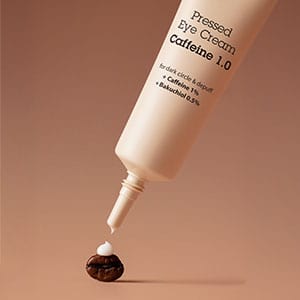
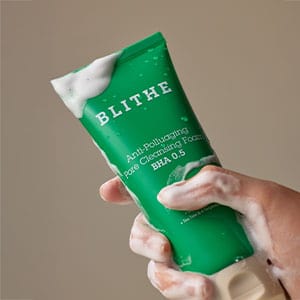
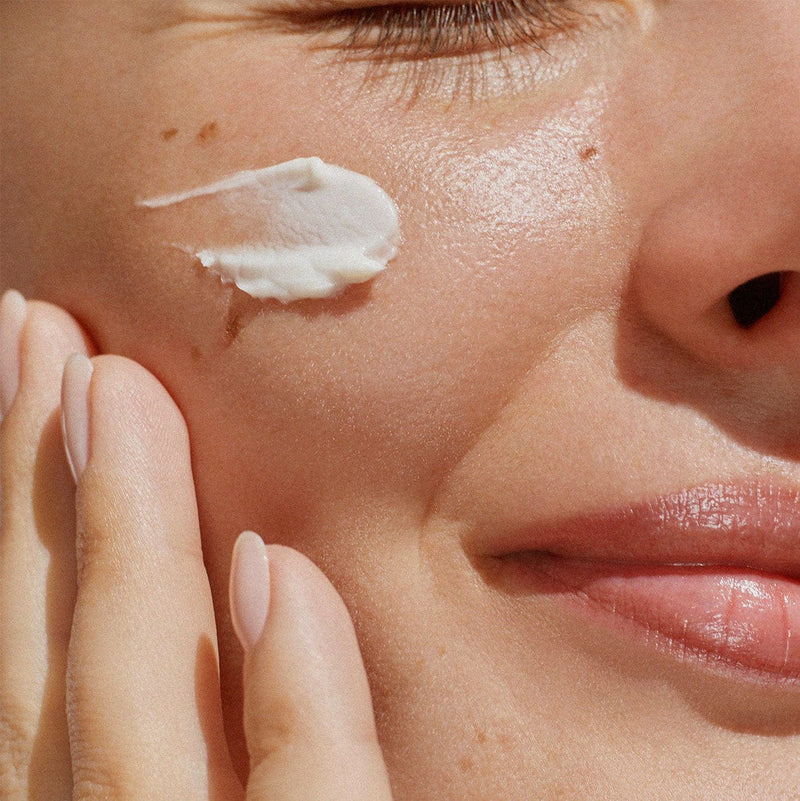

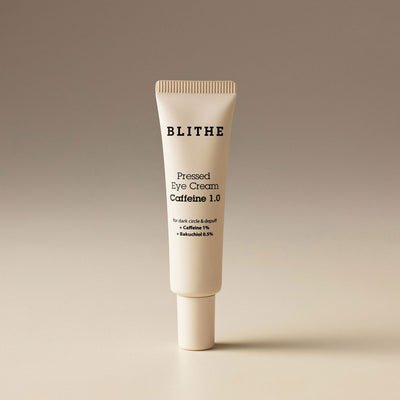
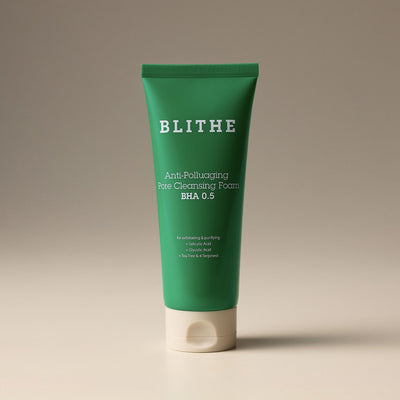
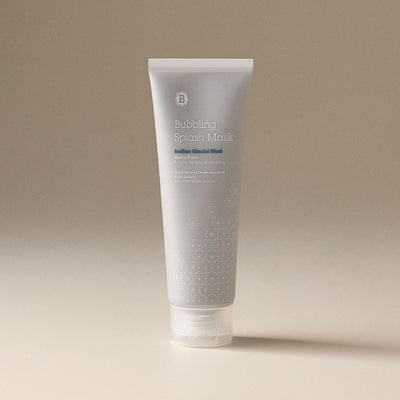
Leave a comment